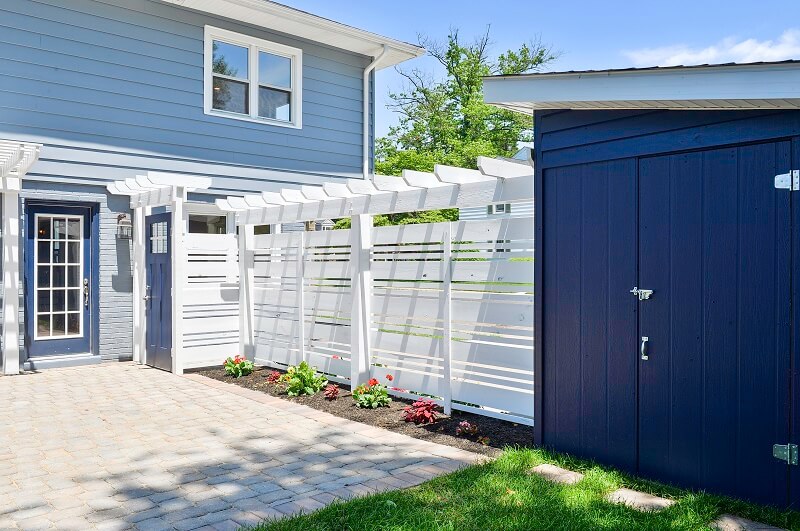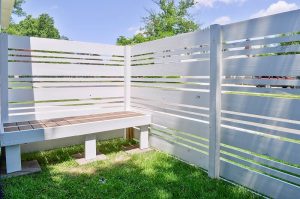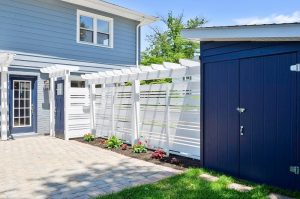Good fences may make good neighbors, but only if you keep your neighbors in mind when you build one. That’s because there’s more to putting up a fence than just figuring out the material you’ll use and how you want it to look. There’s the nature of the property lines, local regulations and possibly even requirements from a homeowner’s association (HOA) that should be considered as well. So, if you’re thinking about putting up a fence, or your neighbor has broken out the measuring tape and hasn’t spoken to you. Have your land surveyed by a professional licensed surveyor. You may think you know where your property line is, and so may the neighbors, but having the lines checked before anyone breaks ground is the smart move. If the fence is over six feet in height, a building permit is required. There is no requirement regarding which way the fence faces. Fence can be installed close to the property line, as long as no part of it extends over a neighbor’s property.
Standard procedures
A few hundred dollars up front could save many more dollars in legal fees later. This will help you avoid planting a fence near or on buried utility lines. Check with local ordinances and HOA requirements regarding fences and this will, naturally, vary by where you live, so checking city and county laws are a must. Additional stipulations outlined by a HOA need to be considered as well. These requirements will entail how tall a fence can be (this can vary based on where the fence will be located), what the fence is made of, which side of the fence faces out and so on. Check with local ordinances and HOA requirements regarding fences because naturally, it varies by where you live, so checking city and county laws are a must. Additional stipulations outlined by a HOA need to be considered as well. These requirements will entail how tall a fence can be (this can vary based on where the fence will be located), what the fence is made of, which side of the fence faces out and so on.
Get to know better
The fence builders may be required to also need a permit from the city. Talk with neighbors about the fence. The fence puts a barrier between neighbors, but building one in the first place requires communication. Regardless of who is building the fence, outlining everything in writing will also help both parties avoid confusion should matters escalate to litigation. Avoiding the property line, allowing for what’s called a setback, will put the fence a few feet onto the fence builder’s property. This may result in some of that property being on the neighbor’s side of the fence. The neighbor built a spite fence. Instead of just a regular face, a neighbor has constructed a spite fence. These are fences that exist only to irritate the neighbors. They can be especially ugly or excessively tall. Should this not work and depending on the state in which you live then a “private nuisance” suit can be filed against the fence owner. You will have to prove the malicious intent of such a fence, including how it impairs your ability to enjoy your property or a timeline of the fence’s construction.





